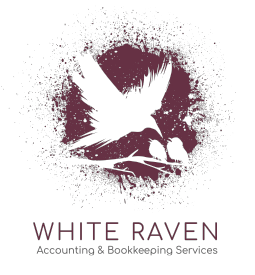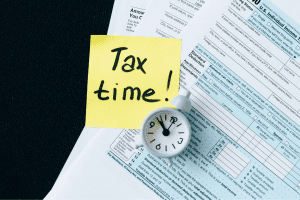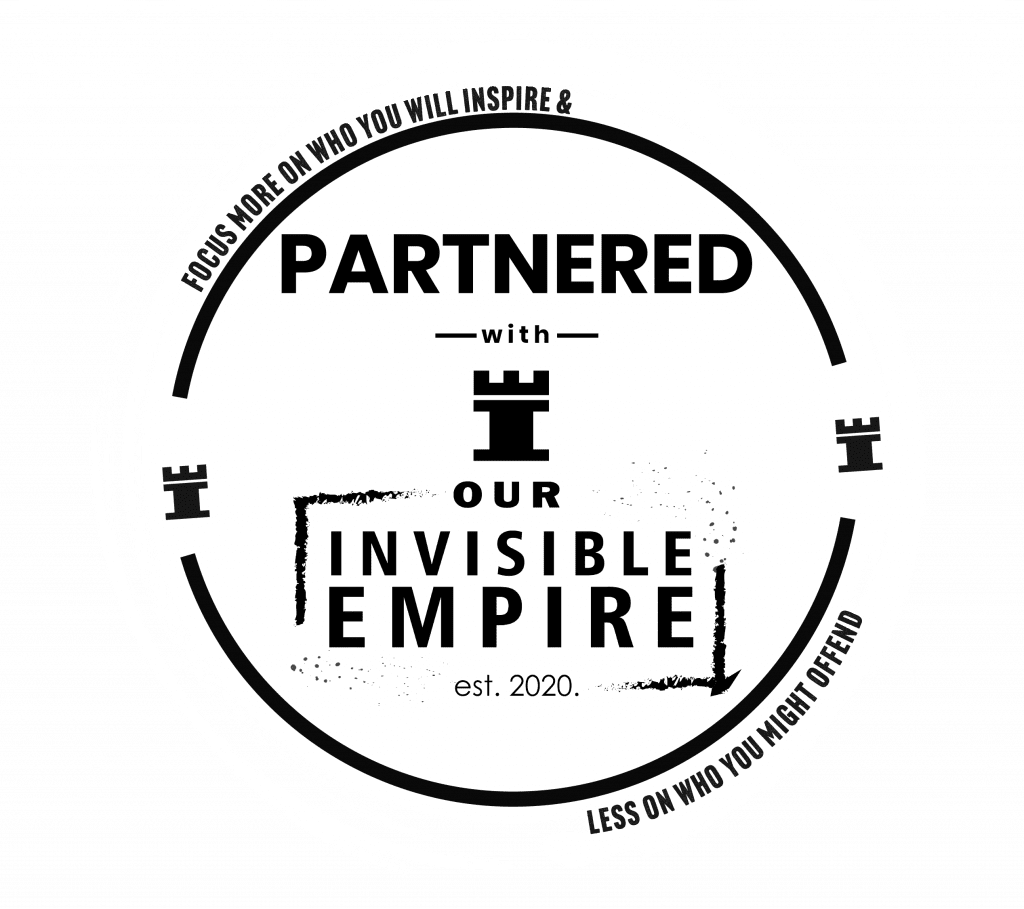When you’re starting to build savings or invest in Canada, one of the first decisions you’ll face is where to put your money. With options like the Tax-Free Savings Account (TFSA), Registered Retirement Savings Plan (RRSP), and the First Home Savings Account (FHSA), it’s not always obvious which account should come first. Each one has distinct advantages, and the right choice depends on your goals, income level, and time horizon.
This guide breaks down how each account works, when to prioritize one over the others, and how to use them strategically to meet your financial goals.
What Is a TFSA?
A Tax-Free Savings Account (TFSA) allows Canadians to save and invest money without paying taxes on the gains. You don’t get a tax deduction for contributing, but any withdrawals, including investment earnings, are tax-free.
Key TFSA features:
- TFSA Contribution limit for 2025: $7,000 (with a cumulative total depending on your age and residency)
- No tax on withdrawals or capital gains
- Withdrawals do not affect government benefits
- The contribution room is restored the following year
This account is ideal for both short- and long-term goals. You can use it to save for emergencies, invest in the stock market, or even grow a down payment.
What Is an RRSP?
A Registered Retirement Savings Plan (RRSP) is designed for long-term retirement savings. Contributions are tax-deductible, and the money grows tax-deferred until you withdraw it. When you withdraw funds in retirement, you’ll pay taxes based on your income at the time.
Key RRSP features:
- Annual contribution limit: 18% of previous year’s income (up to $31,560 for 2024)
- Contributions reduce your taxable income
- Ideal for high-income earners who expect a lower income in retirement
- Withdrawals are taxed unless using programs like the Home Buyers’ Plan (HBP)
What Is an FHSA?
The First Home Savings Account (FHSA) is Canada’s newest registered account, created to help first-time home buyers save for a down payment. It combines the tax-deductible contributions of an RRSP with the tax-free withdrawals of a TFSA, if used to buy a qualifying home.
Key FHSA features:
- Annual contribution limit: $8,000; lifetime limit: $40,000
- Contributions are tax-deductible
- Withdrawals for a qualifying home purchase are tax-free
- Must be used within 15 years of opening or by age 71
TFSA vs RRSP vs FHSA: Side-by-Side Comparison
| Feature | TFSA | RRSP | FHSA |
|---|---|---|---|
| Tax-deductible contributions | No | Yes | Yes |
| Tax-free withdrawals | Yes | No (except under HBP) | Yes (if used for home) |
| Contribution limit (2025) | $7,000 | 18% of income (max $31,560) | $8,000/year, $40,000 total |
| Best for | General savings, investing | Retirement | First-time home buyers |
| Affects government benefits? | No | Yes | Yes |
Which Account Should You Use First?
1. If You’re Saving for a Home:
Prioritize the FHSA. It gives you the best of both worlds: a tax deduction now and tax-free withdrawals later. If you max out the FHSA and still need more room, use your TFSA for additional savings. Only dip into your RRSP via the Home Buyers’ Plan if necessary, as it must be paid back over time.
2. If You’re Focused on Retirement:
The RRSP is your go-to if you’re a high-income earner. The tax savings are significant, and you’ll likely pay less tax on withdrawals in retirement. If you’re in a lower tax bracket, the TFSA may offer more long-term value, since it doesn’t affect benefits and is more flexible.
3. If You’re Just Getting Started:
Start with a TFSA. It’s simple, flexible, and penalty-free for withdrawals. You can use it for anything—emergencies, travel, or investing. Once your income grows and tax deductions become more beneficial, consider adding an RRSP.
Sample Scenarios to Guide You
Scenario 1: New Grad, Age 25, Saving for a Home
- Prioritize FHSA: Contribute up to $8,000/year
- Open a TFSA for any extra savings beyond the FHSA room
- Avoid using RRSP unless income is high
Scenario 2: Mid-Career Professional, Age 40, No Plans to Buy
- Maximize RRSP contributions to reduce taxes now
- Use TFSA for accessible, tax-free investment growth
- FHSA isn’t relevant if you’re not a first-time home buyer
Scenario 3: Small Business Owner with Variable Income
- Focus on TFSA for flexibility
- Use RRSP strategically in high-income years
- Consider FHSA only if home ownership is a goal
If you’re self-employed, read our post on common small business mistakes to avoid tax and planning errors.
Can You Use All Three Accounts?
Yes—and in fact, doing so can be a powerful strategy.
- Use the FHSA first if you’re eligible. It’s the most tax-efficient for home savings.
- Layer in a TFSA for general-purpose savings and investing.
- Contribute to an RRSP when you want to lower your taxable income.
Using all three accounts gives you flexibility and ensures your money is growing efficiently. For a broader understanding of account types, visit our blog on types of investment accounts in Canada.
Common Mistakes to Avoid
- Overcontributing: All three accounts have annual limits—overcontributing results in penalties.
- Withdrawing RRSP funds early: Unless you’re using the HBP or Lifelong Learning Plan, avoid early withdrawals.
- Assuming FHSA works like a TFSA: It doesn’t. There are strict conditions for withdrawals.
- Ignoring contribution room restoration rules: TFSA contribution room is restored the next calendar year, not immediately.
Final Thoughts
Each account has its place, and choosing which one to use first comes down to your goals:
- Buying a home? Start with the FHSA.
- Growing your retirement fund? RRSP is key, especially if your income is high.
- Need flexibility and tax-free growth? The TFSA is a great all-purpose tool.
Improving your financial literacy is essential for making confident, informed decisions about which account to prioritize and how to build long-term wealth.
Still not sure which one fits your situation best? Reach out to White Raven Accounting—we’ll help you create a personalized plan that balances short-term flexibility with long-term financial goals. We’ll help you make a personalized plan that balances short-term flexibility with long-term wealth building.








